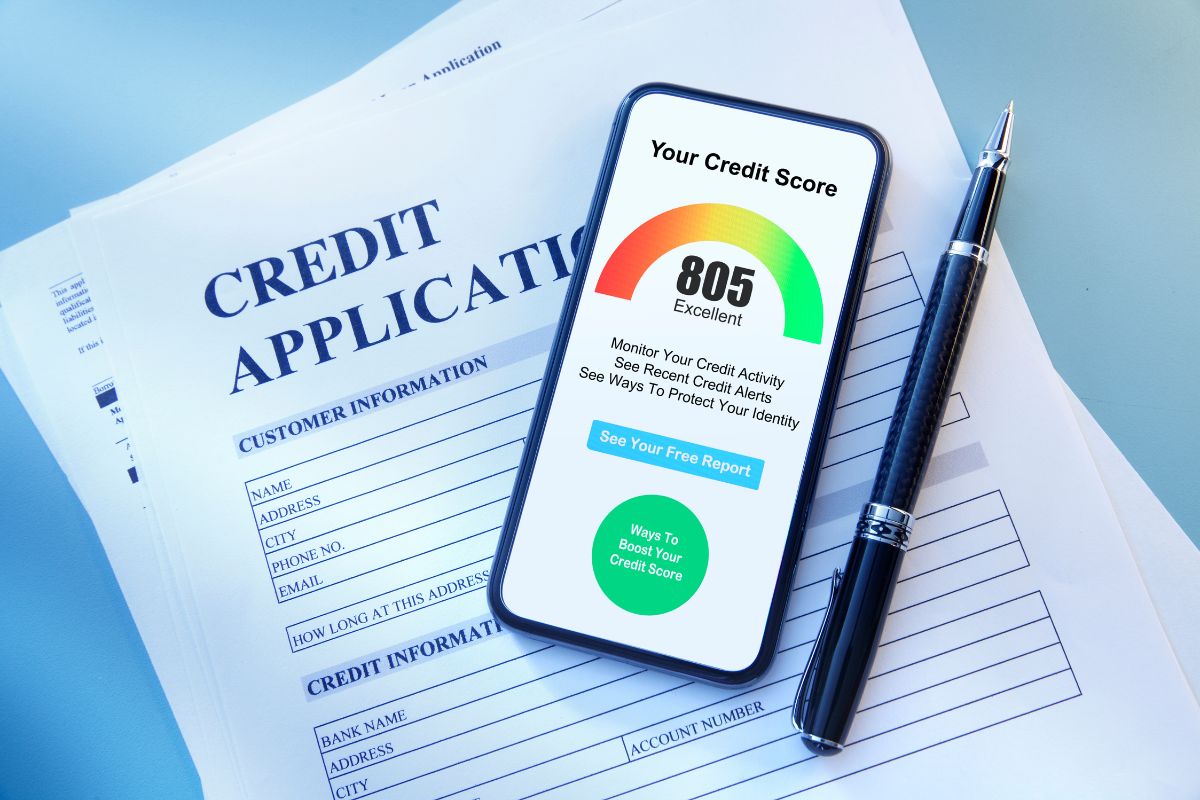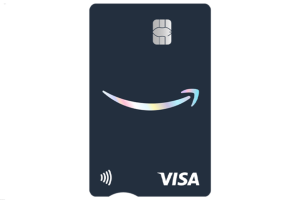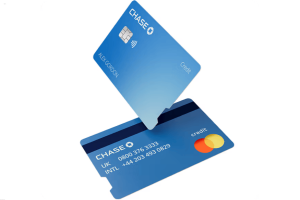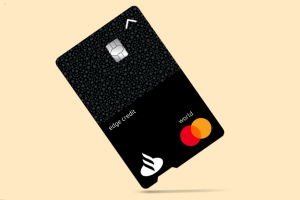Your credit score is a gateway to financial opportunities. In the UK, a strong credit score can help you secure a mortgage, access lower interest rates on loans, and even qualify for better mobile phone contracts. However, if your credit score is less than ideal, don’t worry—there are proven strategies to help you improve it.
This article explores practical steps you can take to boost your credit score. By making small changes to your financial habits and understanding the factors that impact your score, you can pave the way to a healthier financial future.
Understanding the Role of a Credit Score
Your credit score is essentially a report card for your financial behaviour. It’s based on factors like your payment history, credit utilisation, and the length of your credit history. In the UK, scores are provided by agencies such as Experian, Equifax, and TransUnion, each using a slightly different scale.
| Score Range | Rating | Impact on Borrowing |
| 800+ | Excellent | Access to the best interest rates and credit products. |
| 700–799 | Good | Broad approval for credit with favourable terms. |
| 600–699 | Fair | May qualify for credit but at higher interest rates. |
| Below 600 | Poor | Limited options; higher likelihood of rejections. |
Checking your score regularly is the first step. Free services like ClearScore and Credit Karma allow you to review your credit report, monitor changes, and spot inaccuracies that might be dragging down your score.
Start with Timely Payments
One of the most significant factors influencing your credit score is your payment history. Every missed or late payment can harm your score, so consistency is key.
Instead of relying on memory, automate your finances:
- Set up direct debits for essential bills like utilities and credit cards.
- Use reminders through banking apps to track upcoming due dates.
Even if you can only make the minimum payment, doing so prevents further damage to your score. Should you struggle to meet obligations, contact creditors early to negotiate a payment plan that avoids missed payments.
Credit Utilisation: A Hidden Key to Success

How much of your available credit you use—known as the credit utilisation ratio—is another critical element. Lenders view high utilisation as risky behaviour, so keeping your usage below 30% of your credit limit is recommended.
A Quick Example:
If you have a credit limit of £5,000 and a balance of £2,000, your utilisation is 40%. Reducing this to £1,500 or less would improve your score.
Simple Ways to Lower Your Utilisation:
- Pay off a portion of your balance before the statement date.
- Request a credit limit increase, but avoid spending the additional credit.
- Distribute expenses across multiple cards rather than maxing out one.
Myth vs. Fact: Common Misconceptions About Credit Scores
To better manage your credit, it’s important to separate myths from facts.
| Myth | Fact |
| Checking your credit lowers it. | False. Checking your own credit is a soft inquiry and has no impact on your score. |
| Closing old accounts helps. | False. Closing old accounts can shorten your credit history, which may harm your score. |
| Using your full credit limit is fine. | False. High credit utilisation signals to lenders that you might struggle to manage your debt, lowering your credit score. |
Understanding these nuances ensures you make informed decisions about your finances.
Building Credit from Scratch
If you have little or no credit history, establishing a strong financial track record is crucial. Start small:
- Apply for a credit builder card: These are designed for individuals with limited credit history. While they often come with higher interest rates, they help you demonstrate reliable payment habits.
- Take out small loans: Repaying personal loans on time can also boost your score.
- Register on the electoral roll: Being listed on the electoral roll helps lenders verify your identity and increases your creditworthiness.
Building credit takes time, but consistent positive behaviour will yield results.
Sarah’s Journey to Better Credit
Let’s take a real-life example to see how these strategies work in practice.
Sarah, a 30-year-old from London, struggled with a credit score of 610. After being denied a loan, she decided to take control of her finances:
- She reviewed her credit report and found an error involving an unpaid phone bill, which she successfully disputed.
- By setting up direct debits, she ensured her bills were paid on time.
- Sarah used a credit builder card for small purchases, paying off the balance in full every month.
Within 12 months, Sarah’s credit score rose to 740, enabling her to secure a loan with a lower interest rate.
Dealing with Negative Marks

Defaults, late payments, or County Court Judgments (CCJs) can stay on your report for six years, but there are ways to minimise their impact:
- Pay off defaults: Even partial repayment can improve your report by marking the account as settled.
- Address CCJs: Paying a CCJ within 30 days of receiving it will remove it from your record entirely.
Rebuilding after negative marks takes time, but consistent positive actions will outweigh past mistakes.
Tools to Help You Monitor Progress
Several free and paid tools are available to support your journey:
- ClearScore: Provides monthly updates on your credit score and tailored advice for improvement.
- Experian Boost: Allows you to include payments for utilities and subscriptions in your credit report, potentially raising your score.
- Money Dashboard: Tracks your income, expenses, and debt repayments, giving you a complete financial overview.
These resources make managing and improving your credit score easier than ever.
Conclusion

Improving your credit score is a gradual process, but with consistency and the right strategies, it’s entirely achievable. Start by understanding your credit report, adopting good financial habits like timely payments and low utilisation, and addressing negative marks head-on.
Whether you’re planning to secure a mortgage, qualify for better loans, or simply enjoy greater financial freedom, a strong credit score is your ticket to success. Take the first step today and watch as small changes lead to big improvements in your financial health.









